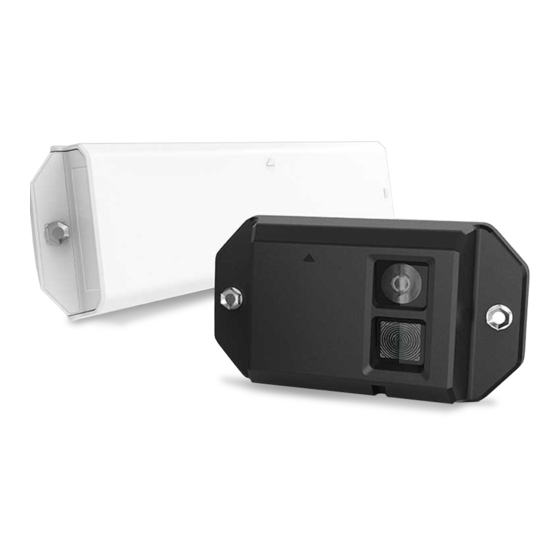Blackberry Radar H2 Installation Manual - Page 4
Browse online or download pdf Installation Manual for Radar Blackberry Radar H2. Blackberry Radar H2 30 pages. Dry van, insulated trailers roll-up doors
Also for Blackberry Radar H2: Installation Manual (33 pages), Installation Manual (26 pages), Installation Manual (25 pages), Installation Manual (32 pages), Installation Manual (33 pages), Installation Manual (34 pages), Installation Manual (35 pages), Instruction Manual (33 pages), Installation Manual (32 pages), Installation Manual (26 pages), Installation Manual (25 pages), Installation Manual (28 pages)

